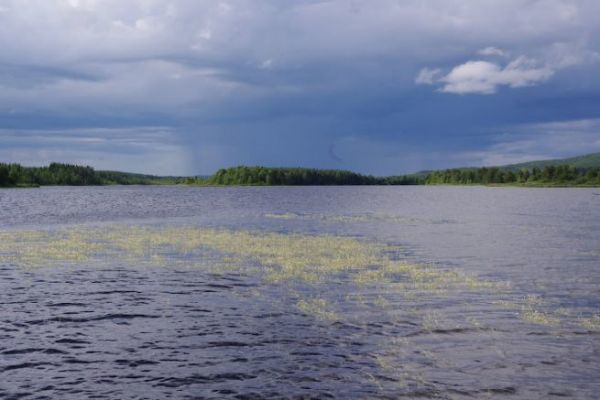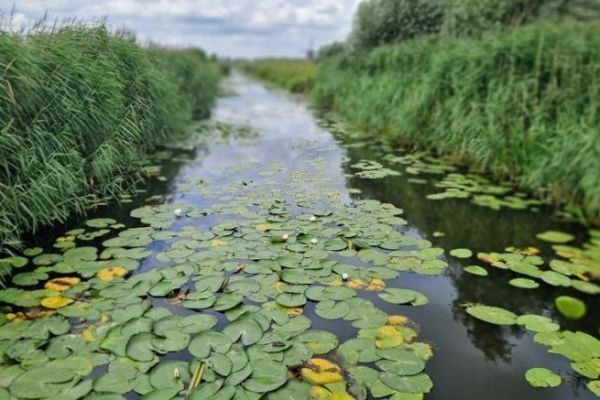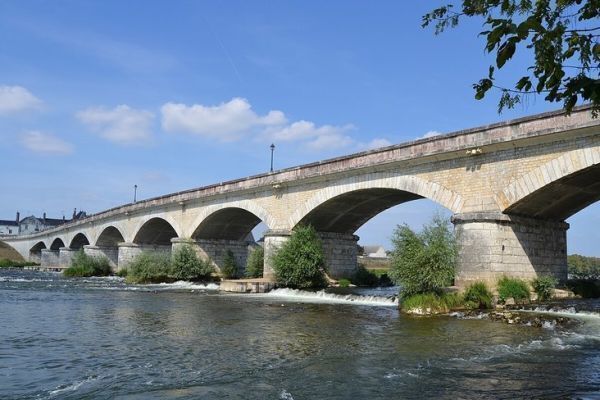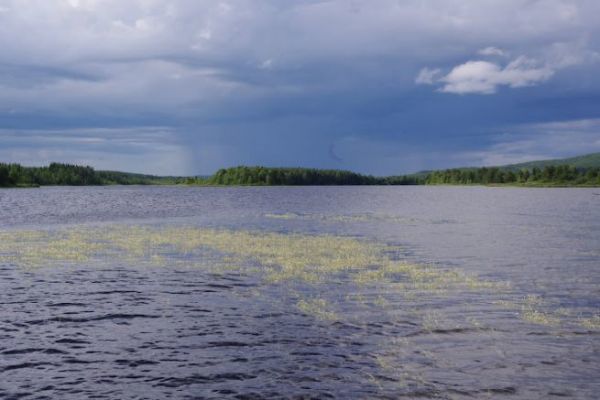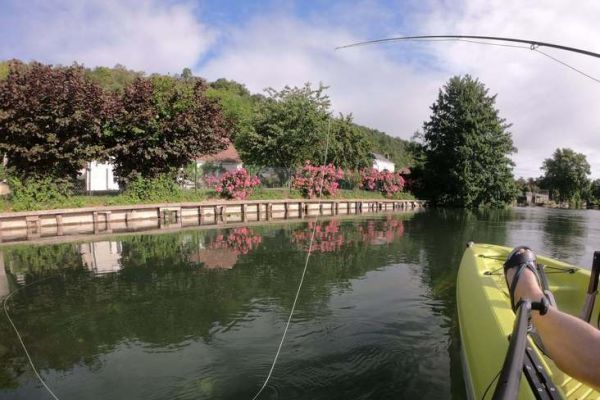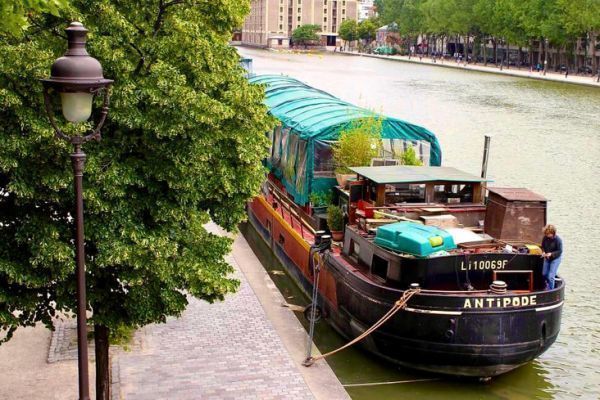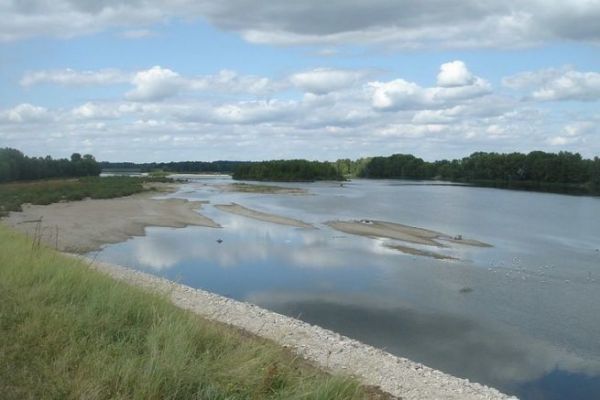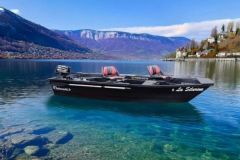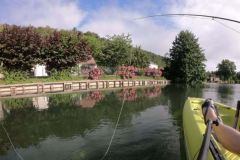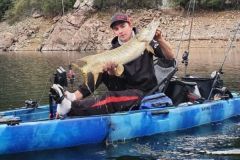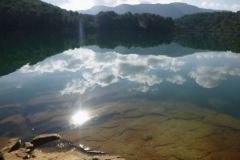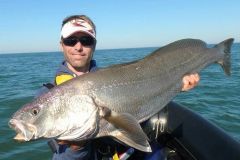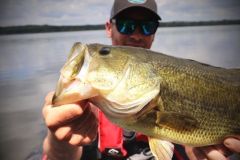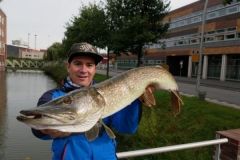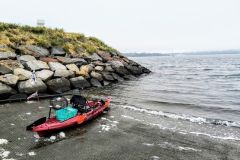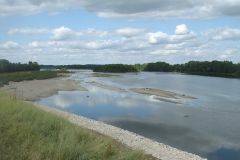Which ones to fish for?
There is a huge diversity of aquatic plants, but the most common and interesting on French lakes and rivers are elodea and water primrose.
The latter is particularly widespread on a large number of wild rivers, such as the Loire and Cher, and is home to many fish.
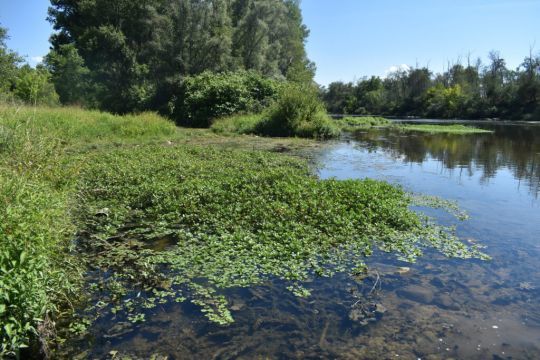
Which species to look for?
Vegetation carpets are home and feeding grounds for several emblematic freshwater species. Pike, of course, which you should often seek out near grassy plateaus. But you can also track perch, black bass and catfish, which like to take shelter from the light.
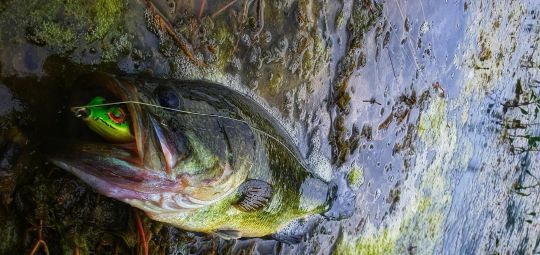
Why?
Vegetation mats are excellent spots for predator fishing for four basic reasons:
- They provide a well-stocked larder, where larvae and fry grow and find a safe haven. You'll also find plenty of amphibians.
- This is often a spawning ground for pike in particular, but also for many species of whitefish. As you can imagine, predators are seldom far from their prey, and the presence of cyprinids around the weed beds in spring undoubtedly attracts predators.
- Vegetation mats allow carnivores to lie in wait to hunt and surprise their prey.
- Last but not least, they find a form of tranquillity here, protected from the ambient light and the gaze of walkers and fishermen.
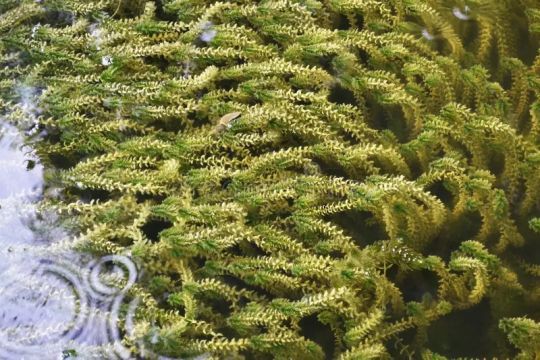
When to fish them?
Vegetation carpets are great spots to explore in spring during the spawning season, as we've just explained, when pike have finished breeding and stay close to their spawning area, but also when whitefish spawn in their turn.
In summer, when they offer a shaded area, many carnivorous fish will find refuge there, sheltered from light and the view of anglers. They will often not be very active, but will occasionally take advantage of the presence of the many young-of-the-year fry growing up there.
Finally, at the end of the season, when the plants are dying after the first cold snaps, pike like to hide in the last shoots to fall and perch navigate from one task to another.
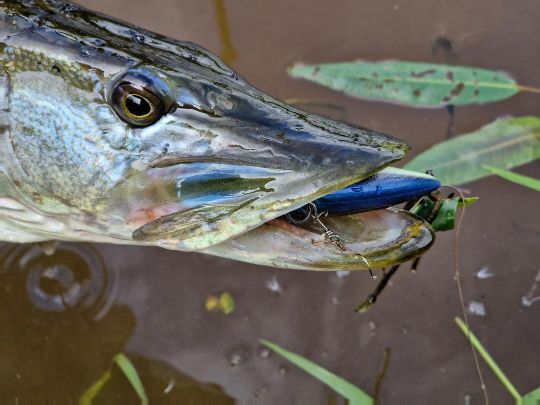
How?
Whenever possible, it's best to start with the edges of the weed beds before casting over or into them. Then, when the water level permits, comb the layer of water above using topwater or shallow lures.
Finally, if you really need to, you can use the Texan rig to go right to the heart of the fish.
A 4-strand braid is preferable to an 8-strand braid, as it is more resistant and abrasive. It's also a good idea to opt for a powerful rod to restrain or even extract predators and avoid stalling.
If there's a layer of open water, all lures are possible, but I particularly like to start with fast prospecting lures like lipless and chatterbaits.
Don't hesitate to let your lure graze the weed beds and cling to them. You'll then be able to extract the lure and remove the branches stuck in the triples. This subterfuge often triggers reaction bites.

 /
/ 